Skype officially shut down on May 5, 2025, bringing an end to more than two decades of voice and video communication history. But why did people continue using Skype in the age of Zoom, WhatsApp, and Microsoft Teams?
Here’s a closer look at the reasons behind Skype’s longevity, and the best alternatives now that it’s gone.
Why People Kept Using Skype Until 2025
1. Familiarity and Ease of Use for Older Generations
Skype had become second nature for many users who first adopted it in the early 2000s. Older generations, in particular, found comfort in its consistent interface and straightforward call features. With no major learning curve, Skype remained their go-to option for staying in touch with family and friends.
2. Affordable International Calling
Skype’s unique value proposition was its ability to place low-cost calls to mobile and landline numbers globally. Through Skype Credit or subscription plans like Skype To Go, users could connect with people across borders at rates often cheaper than traditional phone carriers. This made it particularly popular among expatriates, remote workers, and small international businesses.
3. Bundled with Windows PCs
For years, Skype came pre-installed on millions of Windows devices, especially during the Windows 8 and 10 eras. Its tight integration with the Microsoft ecosystem made it a default communication tool for many users who never actively sought alternatives.
4. Institutional Inertia
Some small businesses, schools, and even government organizations continued to use Skype out of habit or budget limitations. Transitioning to a new platform often requires time, training, and IT investment. This is something not all organizations were ready to commit to.
5. Basic Features That Still Worked
Despite lacking modern design or advanced features, Skype was “good enough” for casual users. For one-on-one video calls, basic messaging, and file sharing, it remained functional and familiar.
Best Skype Alternatives in 2025
Now that Skype has officially been retired, here are the best apps that can serve as replacements, depending on your needs:
For Simple Video Calls with Family and Friends
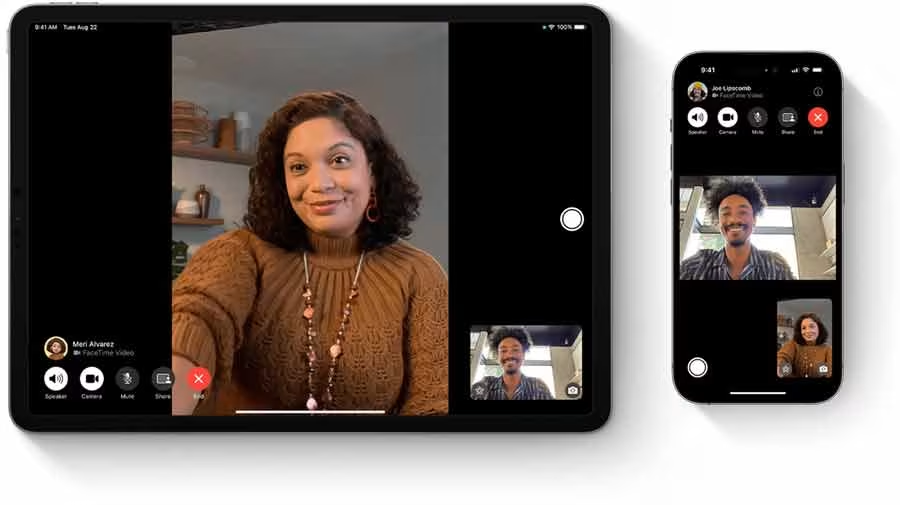
FaceTime (Apple only): Native to iOS, iPadOS, and macOS, FaceTime is perfect for quick, high-quality video chats. With support for group calls and recent updates including FaceTime links (for Android/Windows access), it has become more versatile.
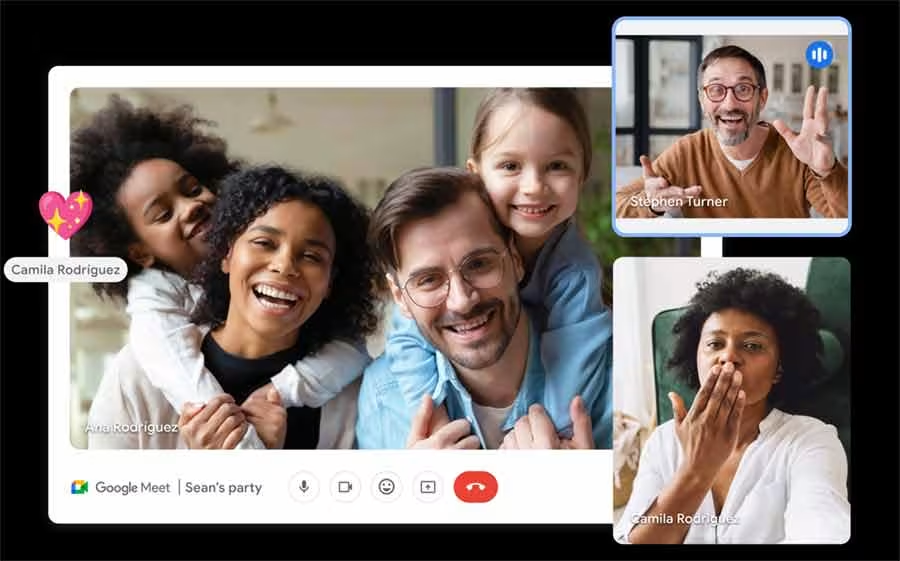
Google Meet (Cross-platform): Available via browser or app, Google Meet supports HD video calling, screen sharing, and live captions. It’s free with a Google account and ideal for users across platforms.
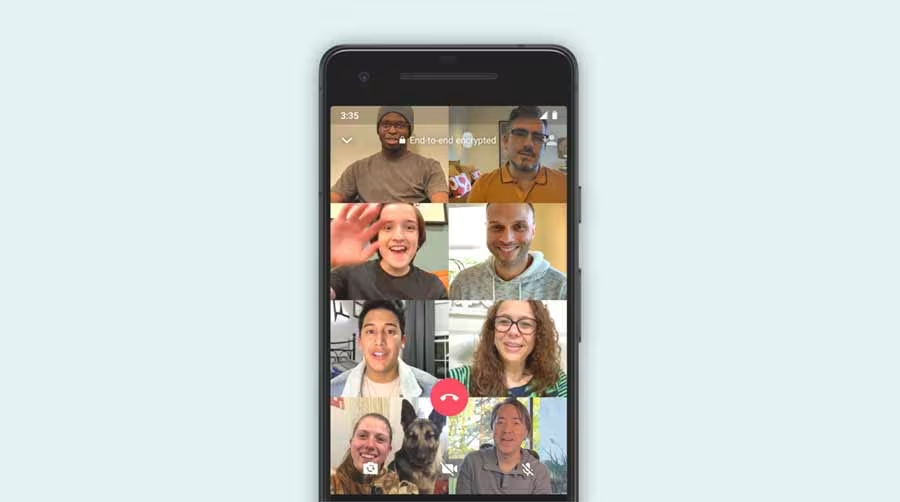
WhatsApp (Mobile-first): Known for its encrypted messaging, WhatsApp also supports voice and video calls, including group calls. It’s widely used globally and offers a simple mobile solution for everyday communication.
For International Calling
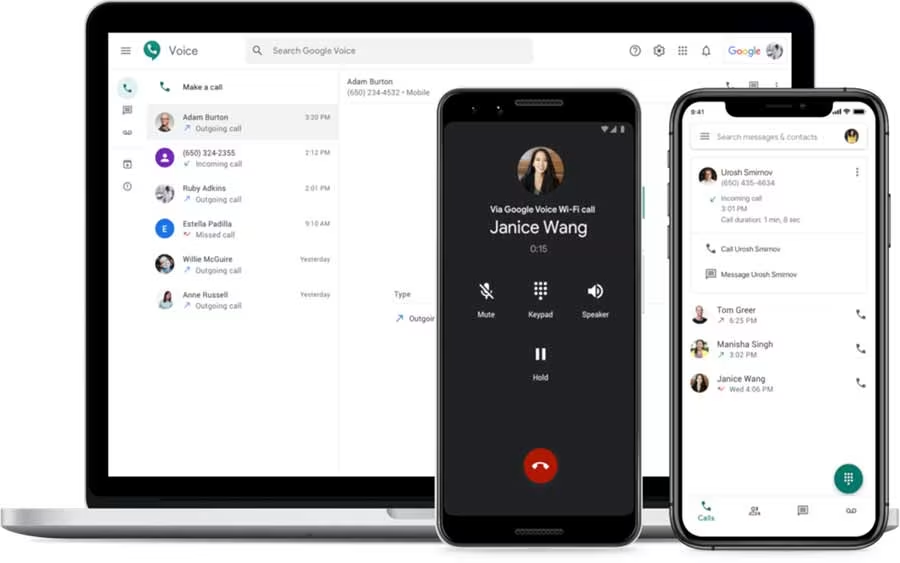
Google Voice: A good option for users in the U.S., Google Voice allows international calls to landlines and mobiles with affordable per-minute rates. It integrates with Gmail and other Google services.
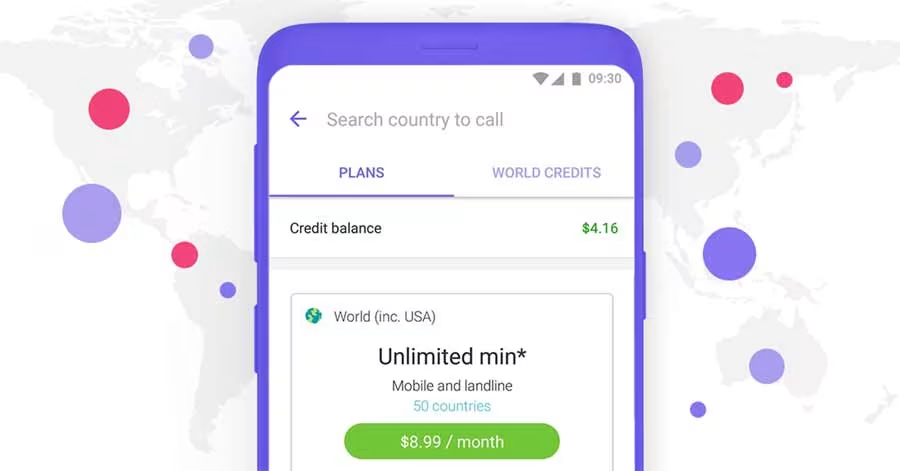
Viber Out: Viber’s paid calling service, Viber Out, lets users call non-Viber users worldwide at competitive rates. It works on mobile and desktop.
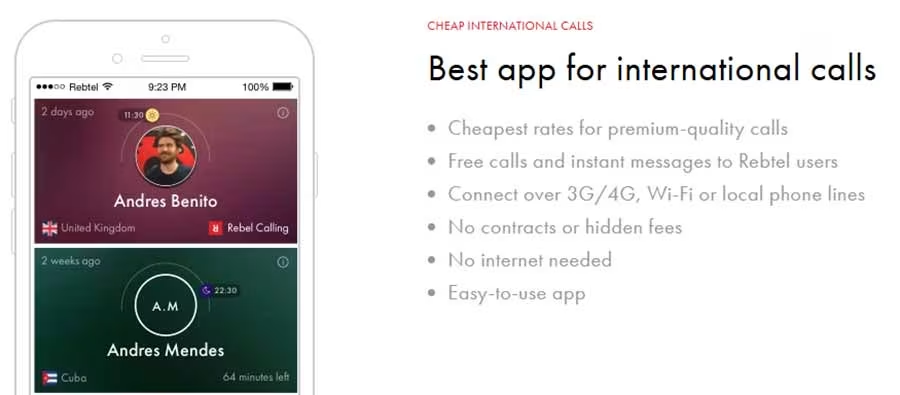
Rebtel: Popular in emerging markets, Rebtel provides cheap international calling without the need for internet access, using local lines instead.
For Work and Professional Use
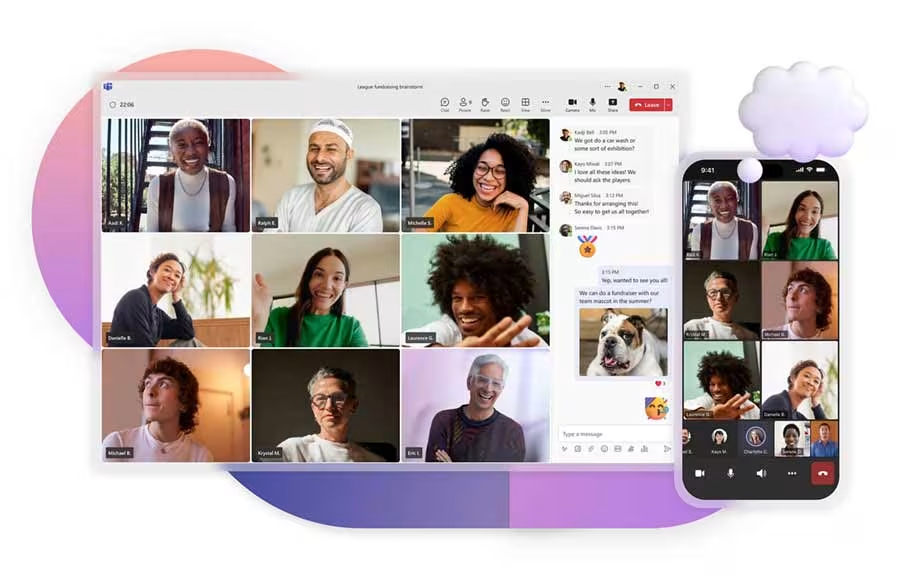
Microsoft Teams: Microsoft’s preferred successor to Skype, Teams integrates chat, video calls, file sharing, and Office 365 tools. It’s widely adopted in enterprise environments and continues to evolve for personal use as well. Moving from Skype to Microsoft Teams should be a seamless affair. You can check out Microsoft’s official support guide on how to do that right here.
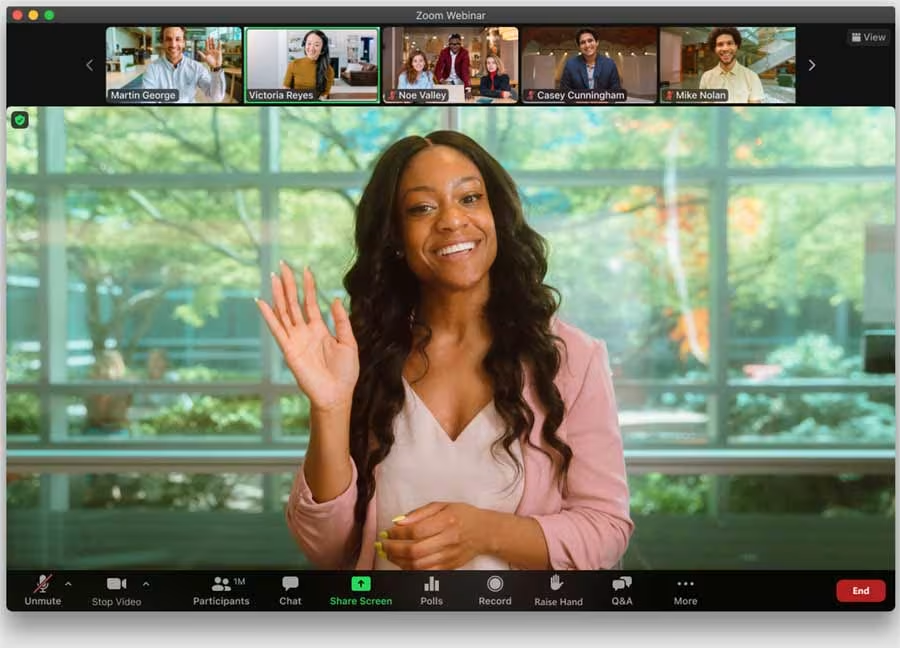
Zoom: Still the gold standard for video conferencing, Zoom offers reliable performance, breakout rooms, and webinars. Its ease of use and robust free tier make it popular for professionals and educators.
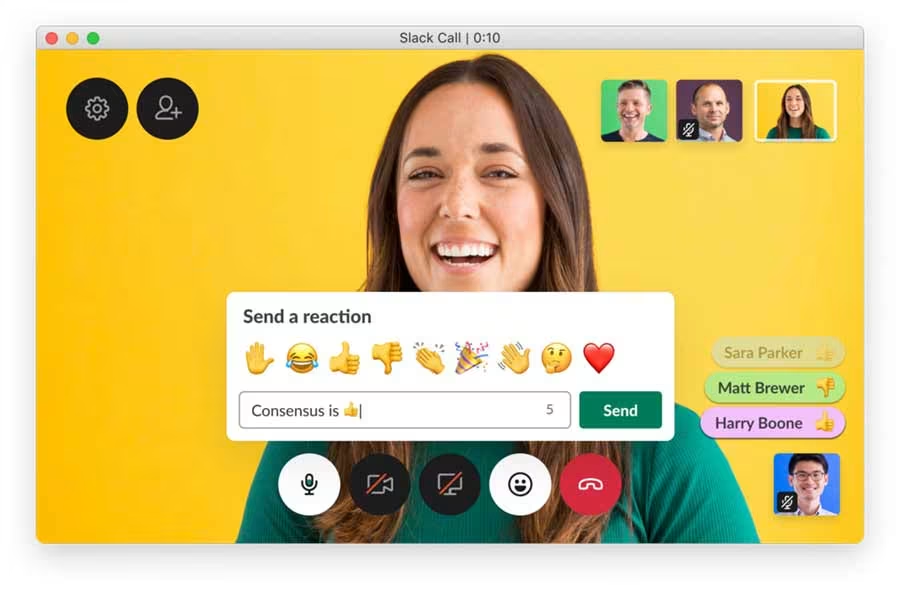
Slack: Though primarily a messaging platform, Slack includes video and voice call functionality and excels in team collaboration with third-party integrations and workflow automation.
For Communities and Gaming

Discord: Originally built for gamers, Discord now serves communities of all types. It combines text, voice, and video chat with persistent servers and roles, making it ideal for groups and events.
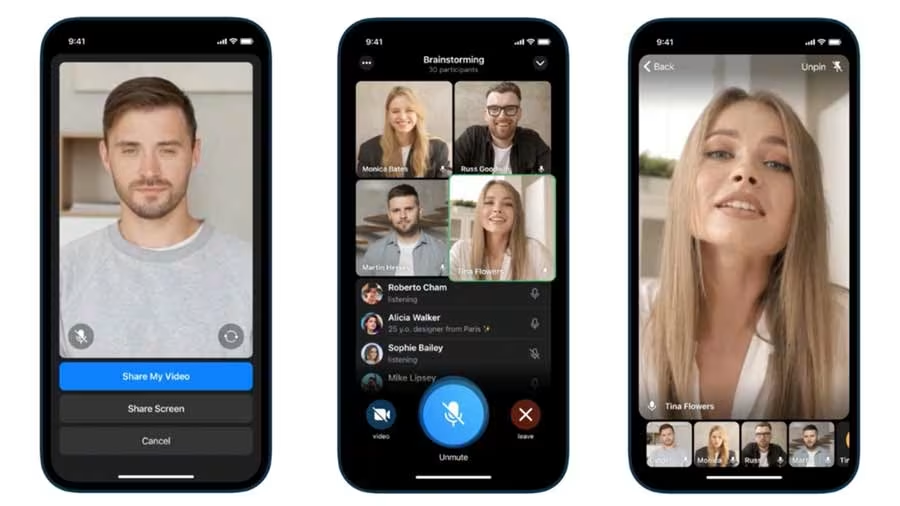
Telegram: Known for privacy and speed, Telegram supports group voice chats, channels, and basic video calling. It’s flexible for both casual users and community organizers.
For Privacy-Focused Communication
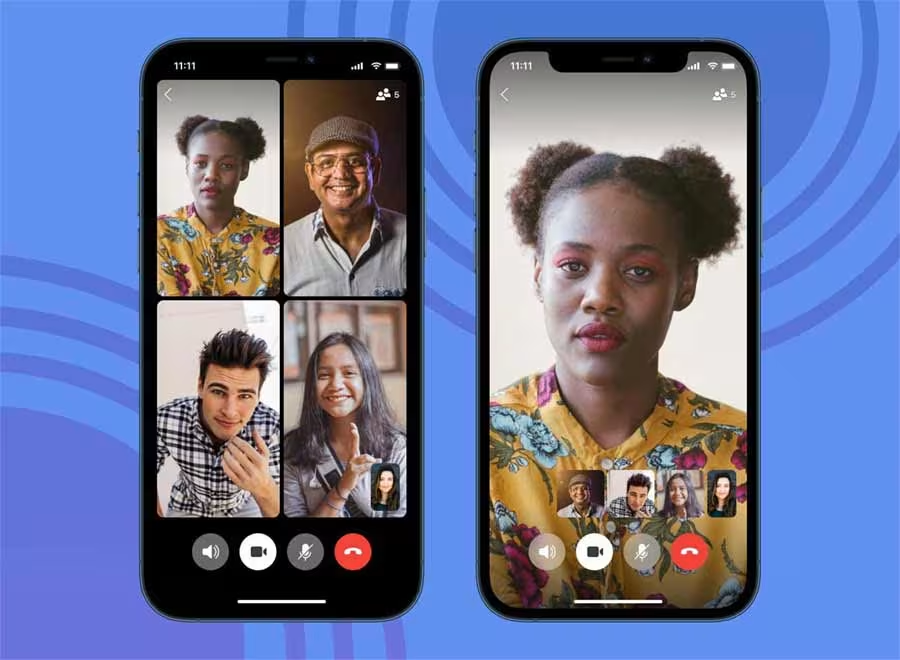
Signal: With end-to-end encryption for both messages and calls, Signal is one of the most secure communication apps. It’s open source, nonprofit, and free to use.
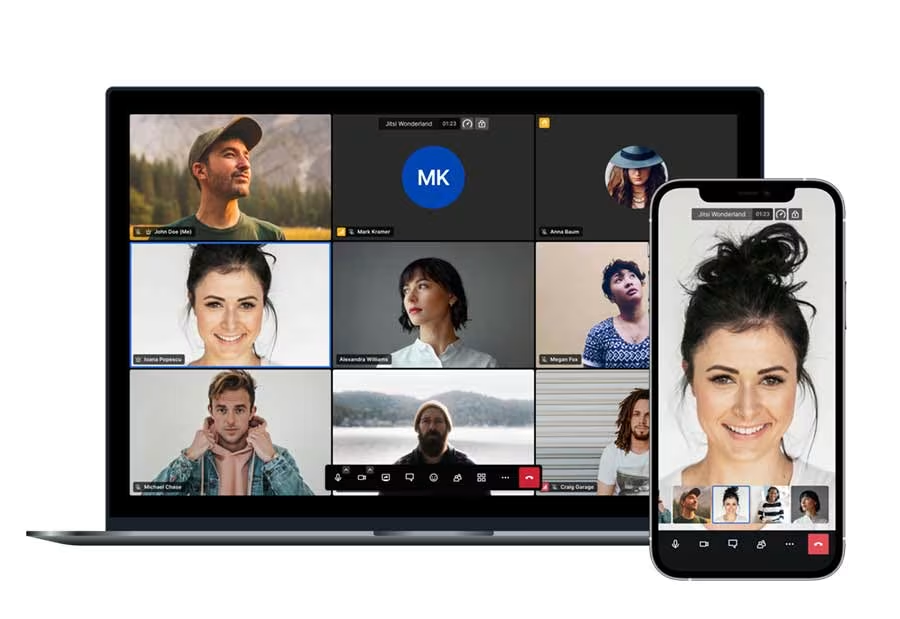
Jitsi Meet: An open-source video conferencing solution with no sign-up required. It runs in browsers and offers end-to-end encryption options, screen sharing, and recording.
Final Thoughts
Skype may be gone, but its legacy lives on. From early video chats to modern team collaboration, it paved the way for how we communicate online. Whether you’re looking for a simple alternative to keep in touch with family or a powerful business solution, there’s a tool out there that fits your needs, and probably does it better than Skype ever could.


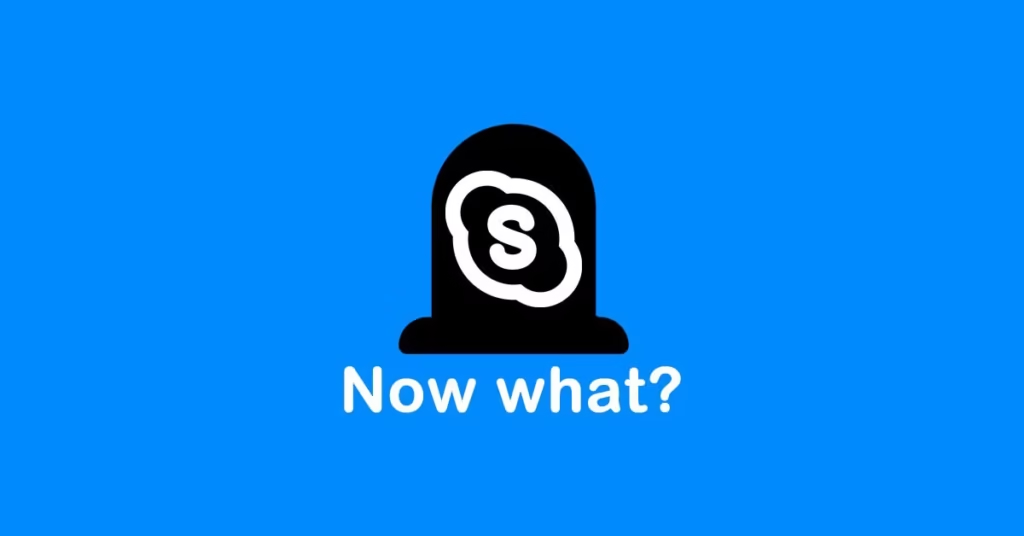

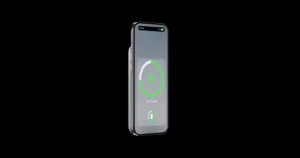


Comments